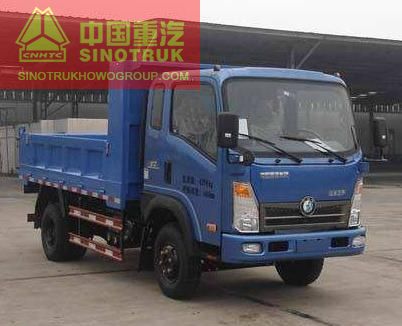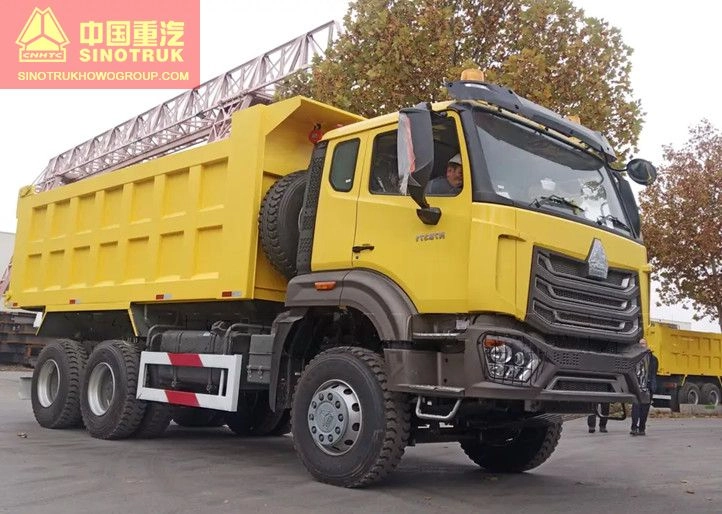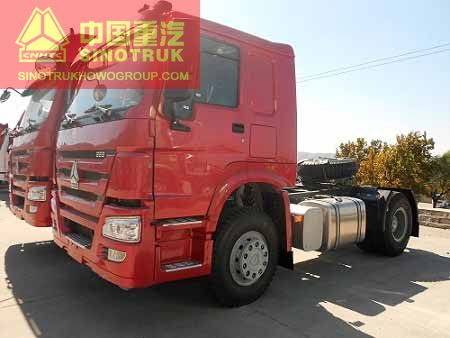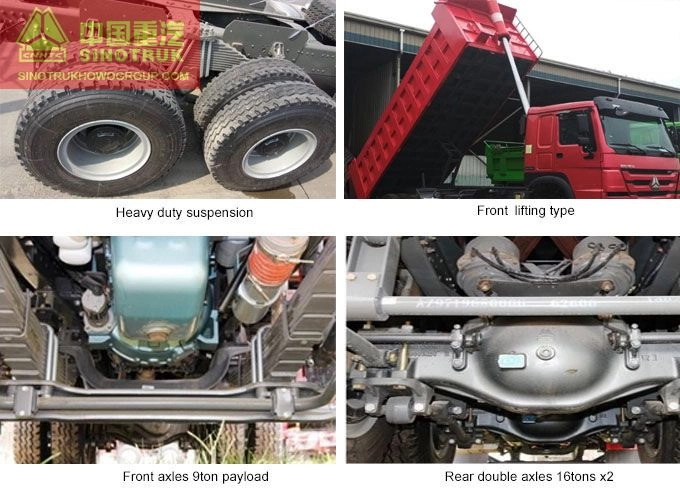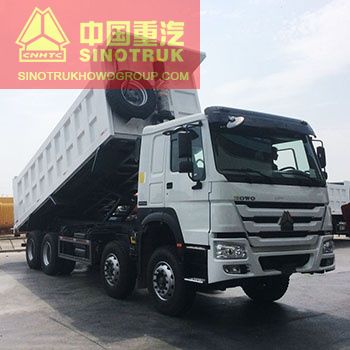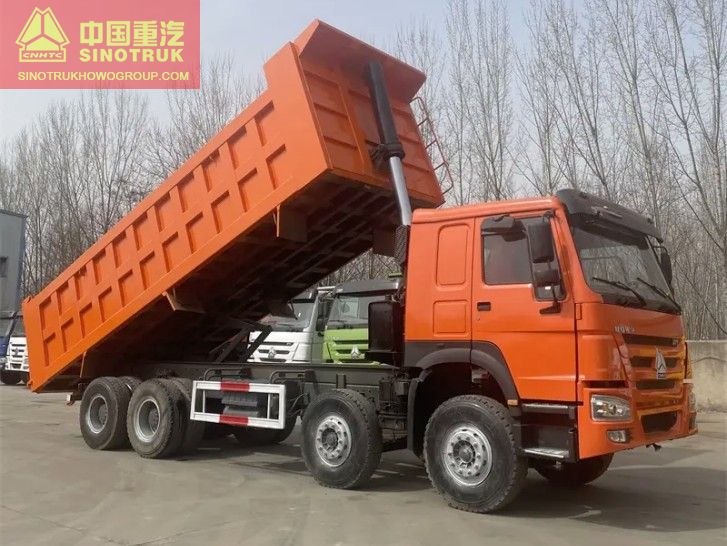40 truck dimensions,40 feet truck dimensions in india
- Release time:
- Source:Sinotruk HOWO
Truck Dimensions: Understanding the 40' Standard
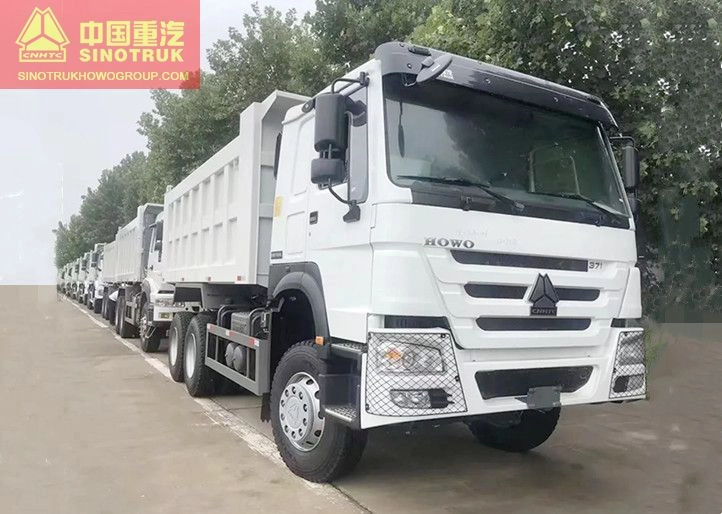
A 40-foot truck, a staple in the logistics and transportation industry, is a large vehicle designed to carry a significant load over long distances. Its dimensions play a crucial role in determining its capacity, maneuverability, and overall efficiency. This article delves into the specifics of a 40-foot truck, focusing on its exterior dimensions, interior space, payload capacity, and the impact of these dimensions on operations.
1. External Specifications
The standard 40-foot truck, also known as a 40-foot dry van trailer, typically measures approximately 40 feet in length, 8 feet in width, and 13.5 feet in height. These dimensions comply with international highway regulations, allowing seamless travel across borders. The overall length, including the tractor, can reach around 70 feet, making it a significant presence on the road.
2. Interior Capacity and Payload
The interior dimensions are where the real utility of a 40' truck lies. With an inside length of approximately 39 feet, width of 7.5 to 8 feet, and height of about 9 feet, it offers a spacious 2,500 to 2,800 cubic feet of cargo space. This vast volume translates to a payload capacity of 44,000 to 45,000 pounds, depending on the truck's design and weight restrictions. For instance, a full container can hold up to 24 standard pallets, providing ample space for a wide range of goods.
3. Maneuverability and Operational Considerations
Given its size, operating a 40-foot truck requires skilled drivers and careful planning. Tight corners, low bridges, and narrow roads can pose challenges, necessitating specialized training and route planning. Furthermore, the truck's turning radius, about 55 to 60 feet, must be factored in when navigating urban areas or making deliveries in confined spaces. Despite these challenges, the 40-foot truck's payload capacity makes it a popular choice for long-haul shipping.
4. Impact on Freight and Logistics
The dimensions of a 40-foot truck significantly influence the logistics industry. It sets the standard for intermodal shipping, as these trailers can be easily transferred between road, rail, and sea transport. This versatility reduces transit times and lowers shipping costs, making it an efficient solution for global supply chains. it also requires well-coordinated loading and unloading processes, as well as proper handling equipment to maximize its potential.
The 40' Truck in Perspective
the 40-foot truck, with its specific dimensions, is a workhorse of the logistics world. Its size, while imposing, allows for substantial cargo capacity and efficient long-distance transportation. it also brings operational complexities that require expertise and careful planning. Understanding these dimensions and their implications is crucial for businesses relying on freight transport to ensure smooth operations and optimized logistics strategies.
40 feet truck dimensions in india
Introduction to 40 Feet Trucks in India
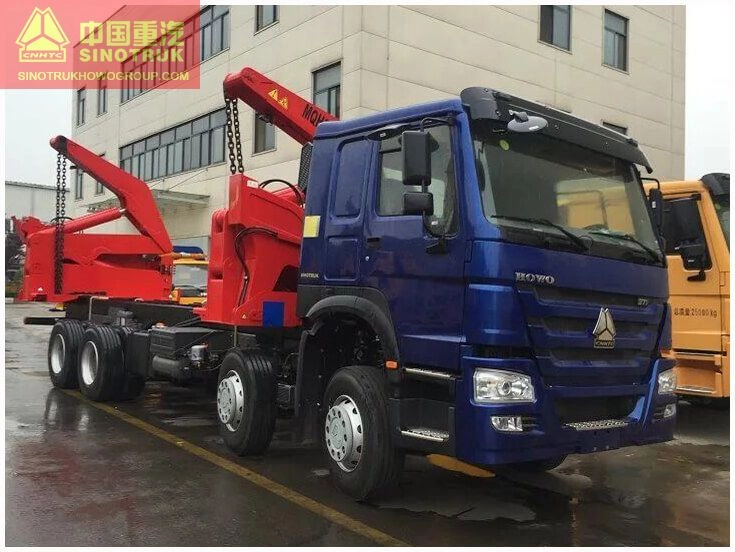
In the bustling transportation industry of India, 40 feet trucks play a pivotal role in moving large consignments across the country. These giants of the road are a testament to the nation's logistic prowess, providing efficient and reliable transport solutions for various businesses. This article delves into the dimensions, specifications, and significance of 40 feet trucks, offering insights into their operation and impact on the Indian economy.
1. Dimensions and Specifications
A standard 40 feet truck in India measures approximately 12.2 meters in length, 2.55 meters in width, and 2.8 meters in height. This vast cargo space, equivalent to a 396 cubic meter volume, allows for the transportation of substantial quantities of goods, making them ideal for long-distance haulage and large-scale shipments. The gross vehicle weight (GVW) of these trucks can range from 35 to 40 tons, depending on the manufacturer and design.
2. Operational Efficiency and Impact
The 40 feet truck's spacious design optimizes load capacity, reducing the number of trips needed for cargo delivery, thereby lowering transportation costs and carbon emissions. A prime example is the movement of containers from ports to inland destinations, where these trucks streamline the supply chain process, ensuring timely deliveries and reducing overall logistic expenses.
these trucks have a significant role in the infrastructure sector, transporting heavy machinery, construction materials, and equipment. Their presence is also crucial in the automotive, manufacturing, and e-commerce industries, facilitating the distribution of goods on a national scale.
3. Regulatory Aspects and Challenges
Operating 40 feet trucks in India comes with its own set of challenges. The country's diverse road conditions and narrow lanes often pose navigational difficulties. Additionally, compliance with the Indian Road Congress (IRC) regulations, including weight restrictions and safety norms, is crucial. advancements in technology, such as GPS tracking and improved vehicle management systems, are helping overcome these challenges and enhance overall operational efficiency.
4. Future Prospects and Innovations
As India's logistics sector continues to grow, the demand for 40 feet trucks is expected to rise. The integration of smart technologies, like autonomous driving features and telematics, promises a safer and more efficient future. Furthermore, the push for green logistics, including electric and hybrid trucks, could reshape the industry, reducing the carbon footprint of these large vehicles.
Conclusion
40 feet trucks are a vital component of India's transportation infrastructure, contributing to the nation's economic growth. Despite the challenges, their dimensions and capabilities make them indispensable for various industries. As the sector evolves, embracing technology and sustainable practices, these giants of the road will continue to shape the Indian logistics landscape, ensuring the smooth flow of goods across the vast subcontinent.
40 ft truck dimensions in meters
Understanding the 40 Ft Truck: A Comprehensive Guide
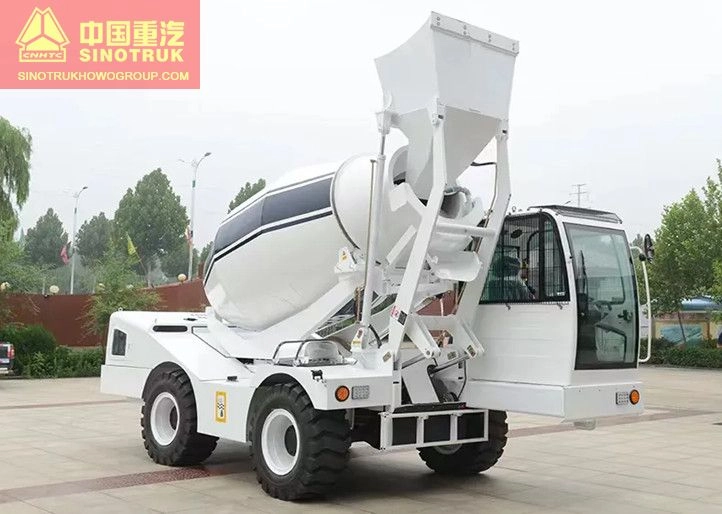
In the world of freight transportation, the 40-foot truck reigns supreme as a symbol of logistical efficiency and capacity. This mammoth vehicle plays a vital role in global supply chains, ferrying goods across cities, countries, and even continents. In this article, we delve into the dimensions of a 40 ft truck in meters, exploring its specifications, utility, and significance in the shipping industry.
1. Physical Dimensions: Length, Width, and Height
A standard 40-foot shipping container, the primary cargo carrier for these trucks, measures 12.19 meters in length, 2.44 meters in width, and 2.59 meters in height. The truck itself, including its cab and chassis, may extend slightly beyond these dimensions. The overall length, including the trailer, can reach approximately 13.72 meters (45 feet). The width and height remain consistent with the container's measurements, ensuring compatibility with loading docks and transportation infrastructure.
2. Capacity and Load Limitations
The generous size of a 40 ft truck allows for a substantial payload. It can typically carry around 24 standard pallets, each measuring 1.2 meters by 1.0 meters, providing a cargo capacity of around 70 cubic meters. it's crucial to adhere to weight restrictions, which vary by region. In the US, for example, the gross vehicle weight limit is often around 38,000 kg (84,000 lbs), including the weight of the truck itself.
3. Practical Applications and Benefits
The 40 ft truck's dimensions make it ideal for long-distance hauls, international shipping, and large-scale cargo transportation. Its spacious interior accommodates a wide range of goods, from consumer products to industrial machinery. standardization across the industry ensures seamless interoperability, reducing handling costs and enhancing logistics efficiency.
4. Challenges and Solutions
Despite its advantages, maneuvering a 40 ft truck can present challenges in urban areas with narrow streets and tight corners. To overcome this, drivers undergo specialized training, and some trucks are equipped with advanced steering systems. Additionally, efficient route planning and the use of technology, like GPS and real-time traffic updates, minimize disruptions and optimize delivery times.
The Indispensable 40 Ft Truck
In the grand scheme of global trade, the 40 ft truck stands as a testament to human ingenuity and the need for efficient transportation. Its dimensions, while imposing, are carefully calibrated to balance capacity with maneuverability. As the backbone of international supply chains, these trucks continue to evolve, adapting to changing needs and technological advancements. Whether traversing highways or negotiating bustling ports, the 40 ft truck remains a vital link in our interconnected world.

